Although shallots are no longer some exotic vegetable for us and we can find them in a number of larger stores or markets, we rarely buy them, because we are startled by their higher price and also because we are not very clear about what and how to use them.
That is why here we will show you what shallots are used for is and what the benefits of consuming them are.
As you can guess, shallot belongs to the Onion family, but we can safely say that it resembles garlic in structure, because in most cases it forms more heads. Its scientific name is Allium ascalonicum, but that's just for additional information - you won't find it like this in stores. However, it is possible that it was called Wallachian or Serbian onion, although its homeland has nothing to do with the Balkans. It is believed to have been brought to Europe from the ancient Palestinian city of Ascalon, today known as Ashkelon.
Shallots have copper-colored skins and a whitish interior that often takes on a red hue. It is more oblong in shape than an onion and has a much different taste than it.
It can be called a favorite among the onions used in France, where master chefs often stew it along with white wine. It goes well with chicken and fish, but it is not recommended to fry it, only stew it. When fried, it emits bitterness, say the French experts.
Now let's see what its benefits are. About 100 g of shallots contain a lot of fiber, vitamins A, C and K, as well as vitamins from the B group. It is rich in calcium, potassium and magnesium and does not contain any cholesterol.
All this makes it great for use not only in cooking, but also for health purposes. You can use it for stomach problems and especially bloating and gas.
Compresses are prepared from it, which work well on the eyes and in India they prepare a special mixture with the addition of sugar, which is used to treat a sore throat.
In cosmetics, it is used to nourish the skin, to remove freckles and as an anti-hair loss agent. But most interestingly, it is supposed to reduce the risk of cardiovascular disease and cancer.
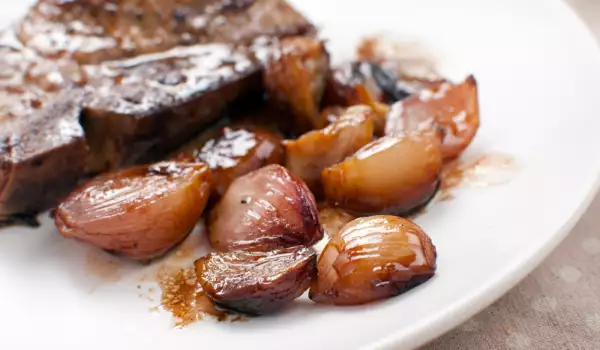
Isn't it worth ignoring its price and starting to include shallots regularly in your menu?
Health benefits of eating shallots
Shallots are the oldest remedy for hair growth. These onions are rich in sulfur which helps in the production of collagen tissues. This is helpful for hair restoration. Cut the shallot into small pieces and squeeze out the juice. Apply evenly on the scalp and wait 15 minutes. Rinse with a mild shampoo that helps hair grow.
Shallots are rich in iron. One cup of shallots can provide 1.9 milligrams of iron -- 24% of the daily iron intake for men and 11% for women.
Usually, shallots have a better nutritional profile than the common onion. The former has more antioxidants, minerals and vitamins than regular onions.
Perhaps the best nutritional bonus of shallots is their diverse content of antioxidant compounds. These antioxidants are released when the cell surface is disrupted, usually during chopping or crushing, similar to garlic. When these antioxidants are released, they form another valuable compound called allicin. This powerful compound helps reduce cell mutation and various types of cancer.
Shallots also contain the mineral potassium, which supports many of your body's functions. Potassium helps your body maintain a steady heart rate and fluid balance.
Shallots provide health benefits to people who are keeping an eye on their weight and intake saturated fat. Shallots have a slightly sharp taste. Unlike onions, their flavor won't overwhelm your palate and sinuses or burn your tongue. Also, unlike garlic, shallots have less impact on your breath. We all know how unpleasant bad breath can be after consumption of garlic. That is why we often give up our favorite classic tarator, in which it is an important product. Or just don't add it to the cold dairy soup.
Consumption of shallots also protects from cardiovascular diseases, heart attack, atherosclerotic disease and stroke.
Choosing and storing shallots
You can find shallots in the market or supermarket along with other types of onions, garlic, vegetables and fruit. Be sure to choose shallots that are dry and hard. Avoid ones that are softer or already sprouted. Choose a size that will perfectly suit your recipe or preparation.
The ideal place to store shallots is in a cool, dry and dark place. Shallot heads should be stored for about a month.
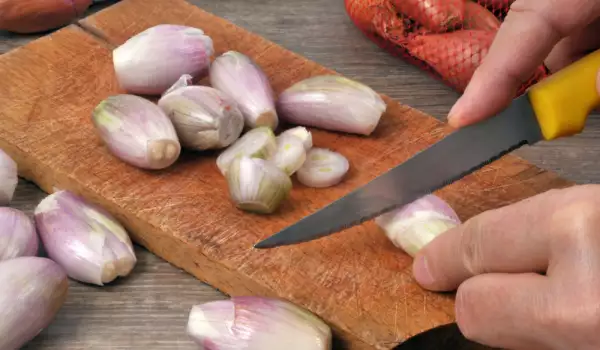
Cutting shallots
Use a sharp knife to cut the shallots. The less you press the shallot, the smaller the possibility to break down cell walls - resulting in fewer tears. It's best not to use a grater or blender, as the blade will grate the shallots and impart an unpleasant, bitter taste.
Culinary uses of shallots
Shallots are much easier to cook in the pan than regular onions due to their finer cell structure, which ultimately allows for greater caramelization. Onions develop a sweet, mild aroma as they cook. But you can also prepare them in another way. For example, in an oven.
Baked onions
Bake the shallot heads whole at 180°C to caramelize them. Then add them to dressings, spaghetti sauces or mashed potatoes, baked potatoes, potato croquettes for an outstanding flavor.
Caramelized onions
Slice and drizzle shallots with champagne and maple syrup. Bake, until they aquire a nice color. Use them on sandwiches or tacos.
Vegetable broth
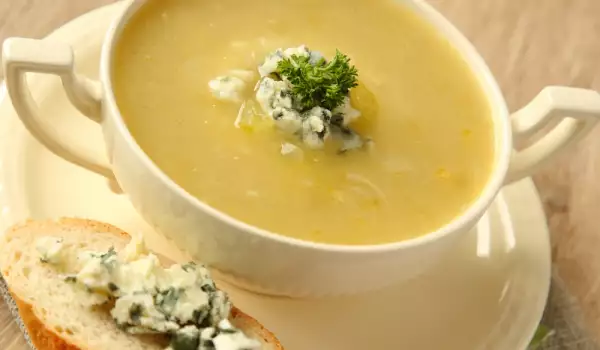
Add them to carrots, onions and celery when making vegetable broth. Or add shallots to your favorite onion soup. You can find it in many French soups.
Quick garnish
Season shallots with apple cider vinegar and beet juice to make a delicious side dish for roast pork, meat sandwiches and more. Not only will they take on a bright pink hue; the rings are an attractive garnish.
Salsa
Finely chop and add to fresh produce such as jalapeno, avocado, pineapple or tomatoes.
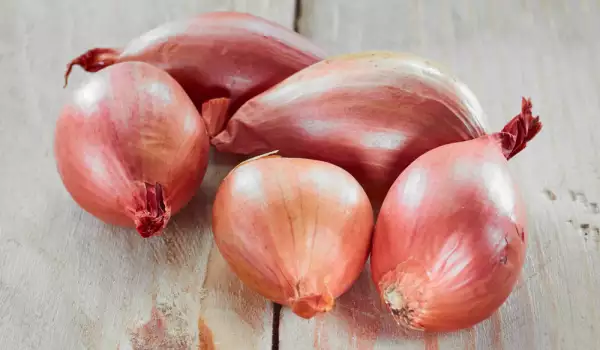
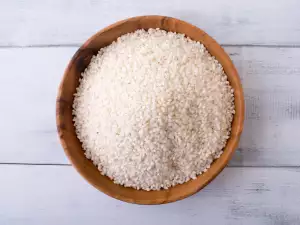
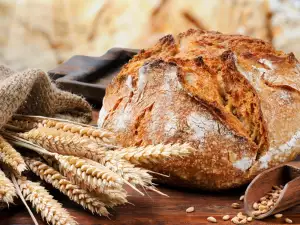
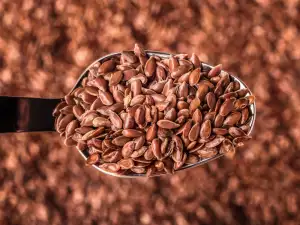
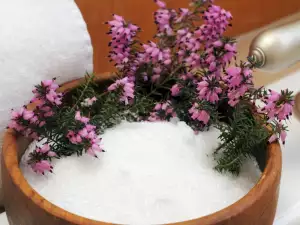

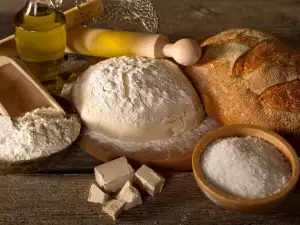

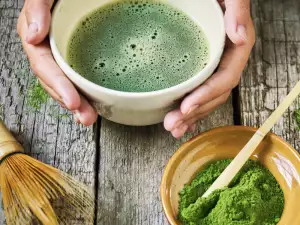
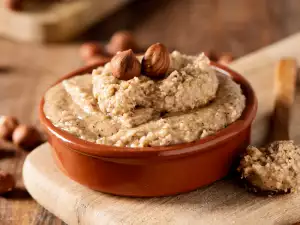
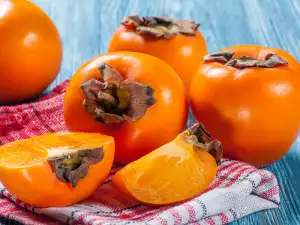
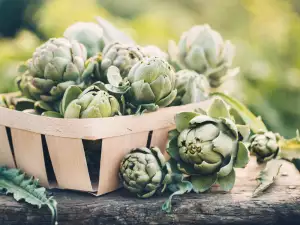
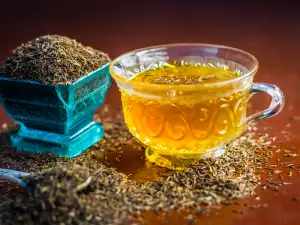
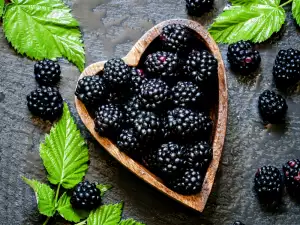
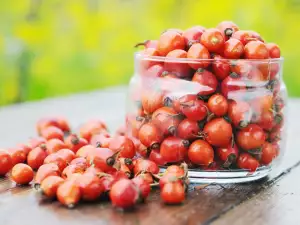
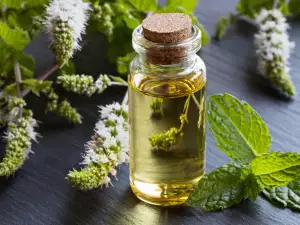




Comments